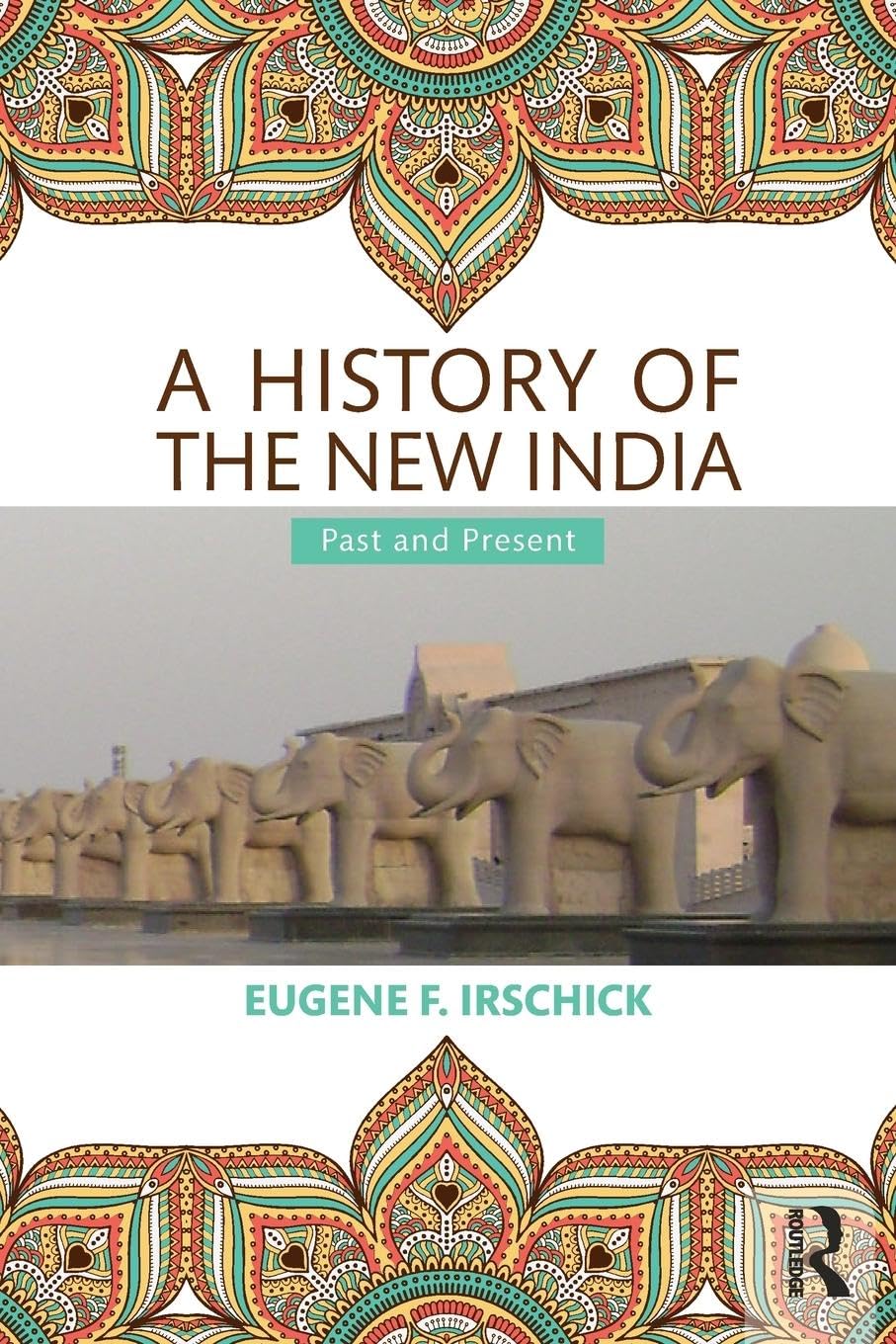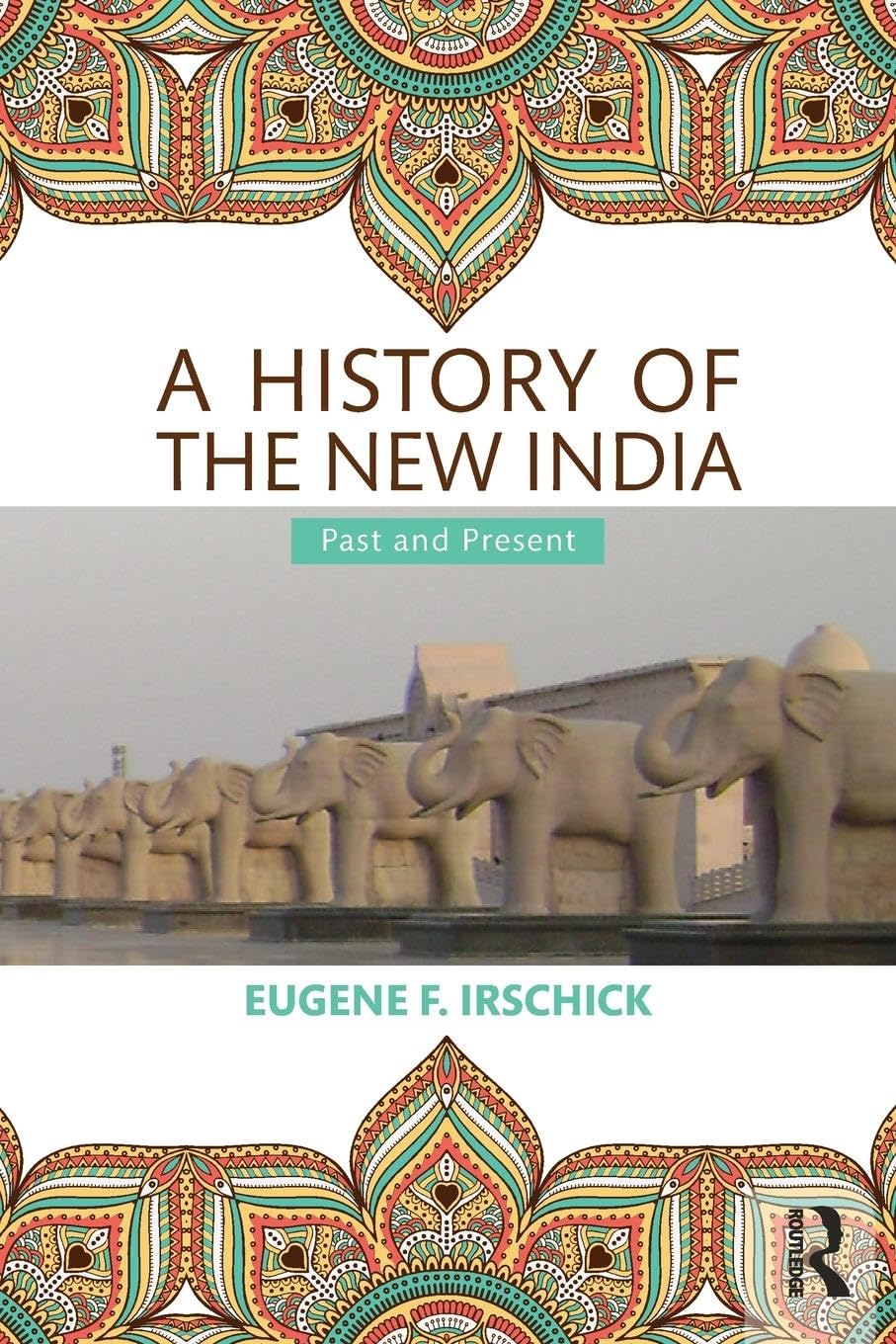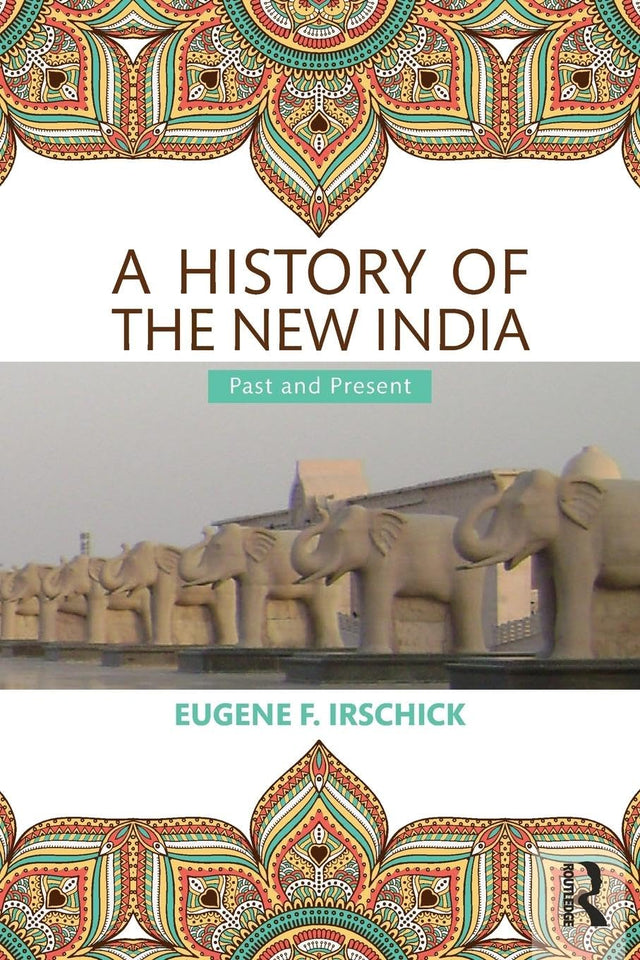A History of the New India: Past and Present
A History of the New India: Past and Present is backordered and will ship as soon as it is back in stock.
Couldn't load pickup availability
Genuine Products Guarantee
Genuine Products Guarantee
We guarantee 100% genuine products, and if proven otherwise, we will compensate you with 10 times the product's cost.
Delivery and Shipping
Delivery and Shipping
Products are generally ready for dispatch within 1 day and typically reach you in 3 to 5 days.
Book Details
-
Author: Eugene F. Irschick
-
Publisher: Taylor & Francis Ltd
-
Edition: 1
-
Binding: Paperback
-
Format: Illustrated
-
Number of Pages: 210
-
Release Date: 20-07-2015
-
ISBN: 9780415435796
-
Package Dimensions: 8.4 x 5.9 x 0.7 inches
-
Languages: English
About The Book
Eugene F. Irschick’s A History of the New India provides a distinctive perspective on India’s history, emphasizing the continuous interaction between peoples and cultures. This approach, which is both interactive and dialogic, presents a nuanced understanding of power and social relations in South Asia. The book covers India’s history from the Mughal era to the early years of Independence, with chapters divided into political and thematic topics.
Key subjects discussed include:
-
Mughal warfare and military advancements
-
The construction of Indian culture
-
Indian, regional, and local political articulation
-
India’s Independence and the end of British rule
-
The role of women in governance
-
The rise of the Dalit movement
The book also includes a detailed timeline of important historical events and provides background readings at the end of each chapter, encouraging further exploration of the topics. The accessible narrative style makes it ideal for courses on Indian and South Asian history, as well as world history and South Asian studies.
Reviews highlight the theoretical depth and novel approach Irschick offers, shedding light on critical moments in Indian history, particularly regarding colonized Indian women and men, and how they shaped their subjectivity. It integrates Mughal India into the discussion as part of Early Modern India, giving voice to regions such as Punjab and Kerala, which are often overlooked in other historical texts.
This textbook will appeal to students and readers interested in the complex dynamics of Indian society, culture, and politics throughout its colonial and post-colonial history.





